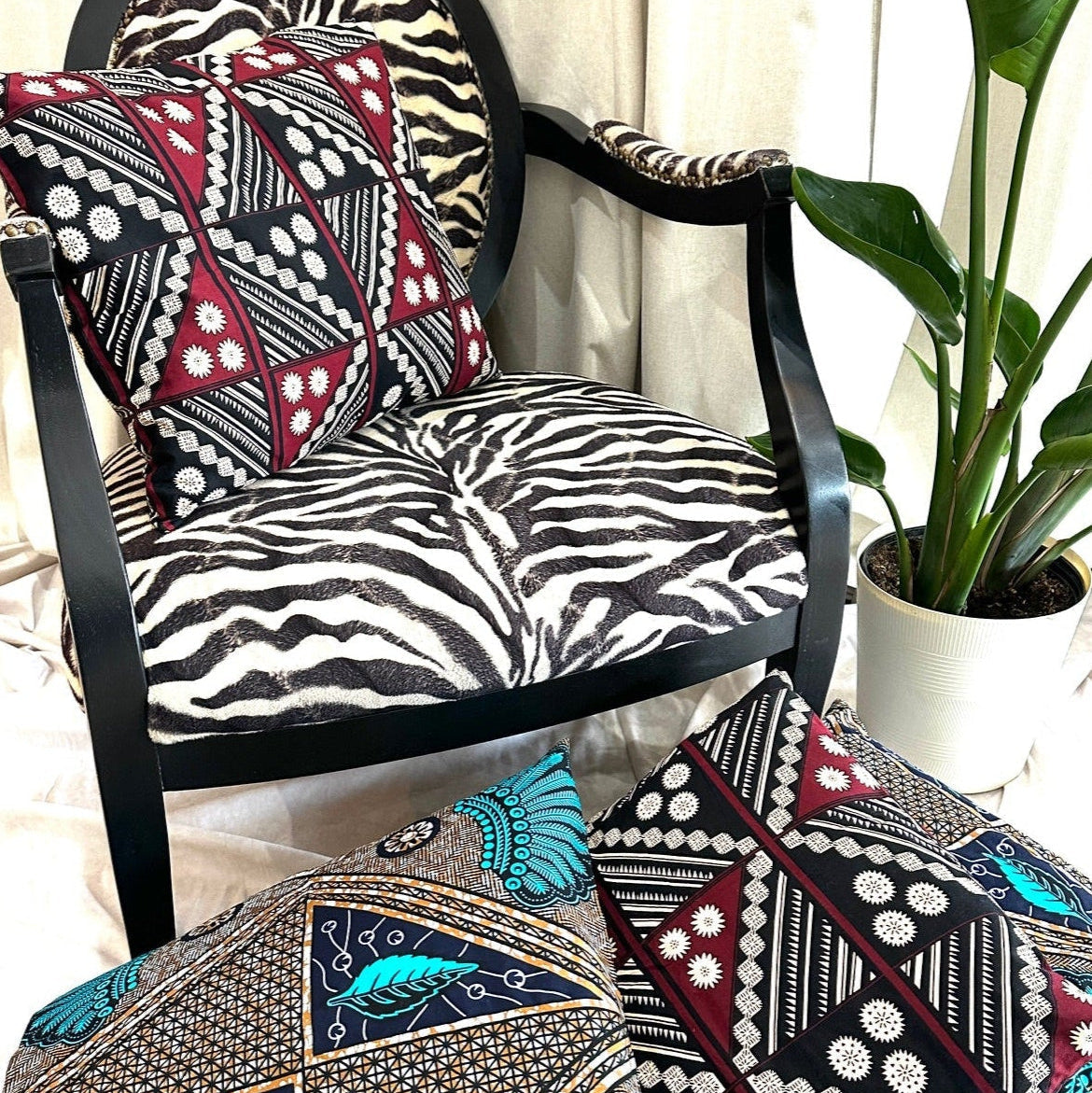Perhaps the most challenging concept for corporations to implement is that of “Corporate social responsibility.” This is a corporation’s willingness and ability to be socially responsible and help the community – both the local community they serve as well as more marginalized global communities.
The concept of philanthropy however is age-old. The simple definition is the desire to promote the welfare of others, expressed especially by the generous donation of money to good causes. However, our culture has managed to make corporate social responsibility and philanthropy a capitalism and class issue. As a daughter of African soil, yet residing in America, I am forever in a battle of rewriting and expanding the narrative of these two concepts. I am a product of giving and receiving… and have never known them to be mutually exclusive.

Being socially responsible and giving back are not and should not be concepts which corporations need in order to redeem themselves. Furthermore, nonprofits are not and should not exist to clean up the image of corporations nor to be a recipient of their business leftovers. Nevertheless, there is an opportunity to create a philanthropic relationship of mutuality and respect between these two sectors. One that makes it a lifestyle, where giving and receiving are not mutually exclusive. It is important to note that this realization and way of thinking did not come out of a vacuum, but is the combination of culture, education, and environment.
I vividly recall a graduate study class experience – exploring the endless possibilities of this dyad.
A professor said, “Perhaps Africa does not develop the way it should, because Africans are not philanthropic and after receiving their education in western countries, most don’t go back home to rebuild and contribute.” I also remember thinking to myself, perhaps Africa does not have Africa to colonize and African countries did not have the luxury of 300 years of “free labor.”



As a student, I knew this was an exercise in critical thinking, but as a woman of African descent, I knew the professor was missing part of the truth. The professor had the well-studied evidence and truth of the so-called “brain drain,” the emigration of highly trained or intelligent people from a particular country to another. The “drain” might be real, but he was looking at it with the wrong attitude.
However, in my heart, I held part of the truth, too — that generations of colonization and slavery also stunted Africa’s accumulation of profit, wealth and success for individuals, families and our nations. In Africa, philanthropy is not about giving back after you’ve accumulated your earnings. It is about giving back as a way of life. It’s expected! It is, in part, our DNA. It’s a LIFESTYLE.
That moment led me to examine my role in the retelling, rewriting, and expansion of how we (American society) view those in the global south, as it relates to philanthropy. I thought about the women I admired and those who made an impact in my life and how their stories are just a footnote. I thought about the women I grew up admiring. In my youth, I saw them as just women who provided the basic needs of their families. I now know that we have a name for them: they are social entrepreneurs, philanthropists, and change-makers. I want to represent their voices and faces, all the while rewriting the narrative. I want to examine the relationship between these for-profit and nonprofit sectors.
-
Can these two co-exist with another one?
-
Does one need to establish and operate before the other comes into the picture?
-
Can one dismantle the hierarchy of this relationship?
-
Is this an authentic mutuality or an illusion?
I struggled for a couple of months. Should I start a socially responsible business, which after years of operation can “give back” to the community or do I just start a nonprofit? I went back and forth in my mind about this. I then thought “Why can these two ideas not walk alongside one another?” Thus, ILAVA was created with the built-in concept of not only giving back before profit, but also after sales. Included within our business design was an authentic culture of partnership.
The coming of ILAVA was neither a smooth nor a comfortable process. It came with its challenges. Indeed, the story sounds beautiful: a young Tanzanian girl is giving back to her community while empowering women in both Tanzania and Kenya. It has not been so easy! ILAVA dares to approach corporate social responsibility differently and dares to challenge others to do the same.
How many companies do you know that budget their contribution to the communities? Usually giving back only begins when the corporation has made a profit.
It was a humbling experience for both me and my sister and business partner, Mwasi Mwitula. We realized that there is a need to rethink how we were doing business. We made sure that we not only uplifted other aspiring designers, but identified unseen and uncelebrated agents of change in the local communities. Additionally, we sought to demonstrate how a corporation can engage a community without a “white savior” or what I call a “western savior complex.”
Further, we have had to promote ILAVA for what it is, but also uncouple it from the founding of two African girls. The market has not been favorable to social impact businesses that operate under leadership that looks and sounds like me. I have swallowed the bitter pill of working day and night just to prove my credibility. However, at the end of the day, this is my life, and I understand that my credibility is measured by a different standard. It is measured by the skills and experiences I have sharpened as a businesswoman, by the language that we share with our Kenyan and Tanzanian women partners – Swahili, and in the love, passion, and pain of the community that I know and bear.

As a business and brand, we honor our social mission and lifestyle of abundance mindset.
As you consider your organization’s relationship to business and philanthropy, consider:
-
Every business should be socially responsible and invest in the communities where they are located or where your consumers reside or have impact.
-
Seek out nonprofits that are doing work in their communities and partner with them. There is always a need for great partnerships in the communities.
-
Create a culture of philanthropy and NOT one of being a savior in the wake of chaos or crises.
-
Remove the giver and receiver mentality by removing the hierarchy between the businesses and the community by creating mutuality.
The bottom line is this, nonprofits exist because there is a need in a community. Humanity’s ultimate success would be for nonprofits to become nonexistent because we have solved all of the community’s/world’s issues. No hunger, no homelessness, no human trafficking, no racism, no sexism, etc. We know that would be impossible. However, our alternative is a society where socially responsible businesses engage and partner with the community and existing nonprofits to tackle the problem of our local and global communities. After all, giving and receiving should work together, creating mutuality.




